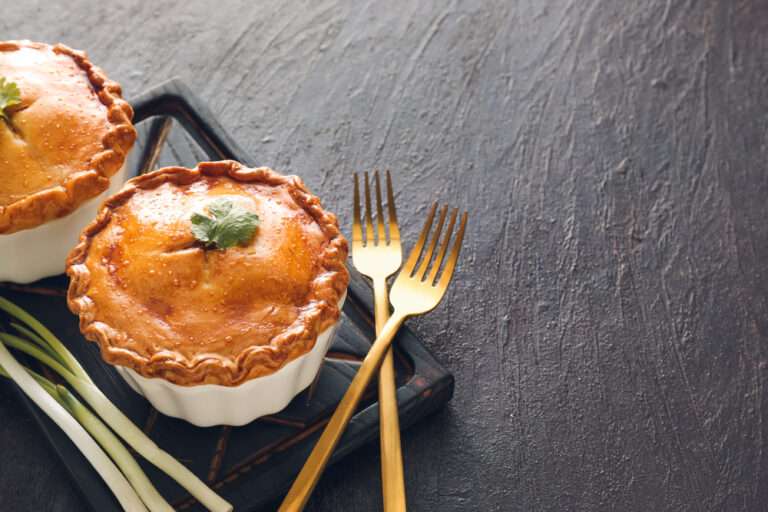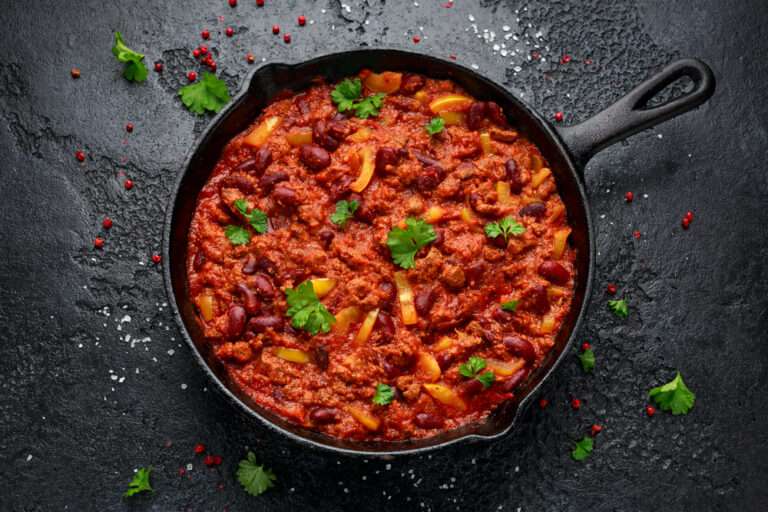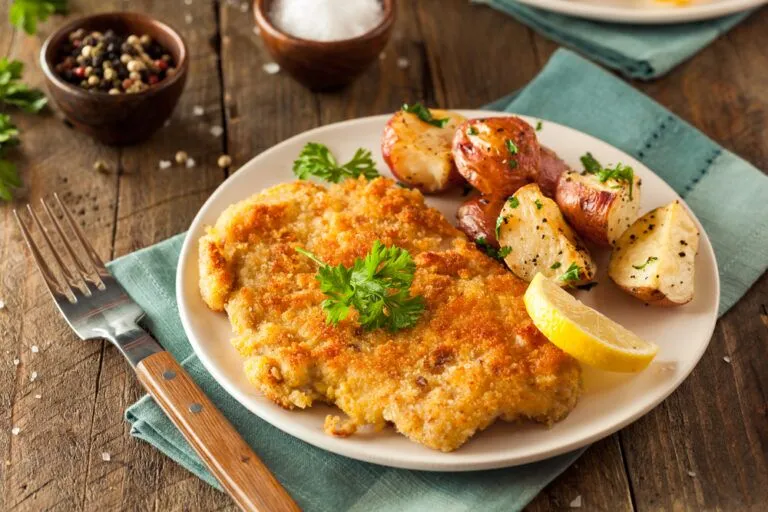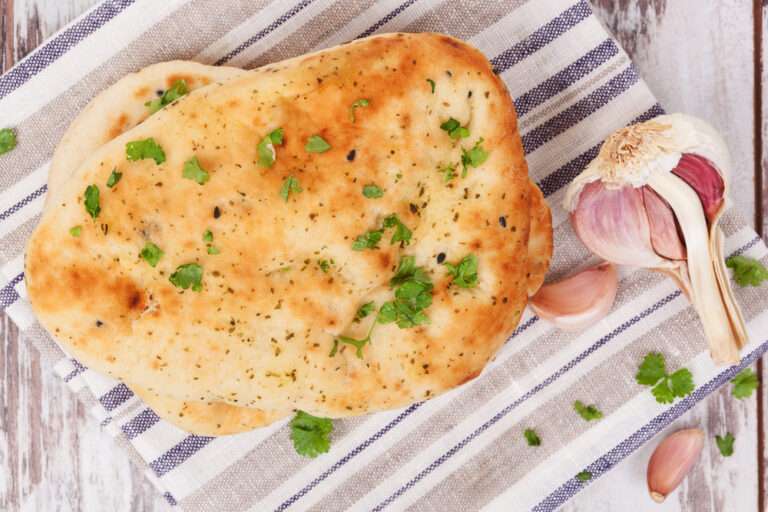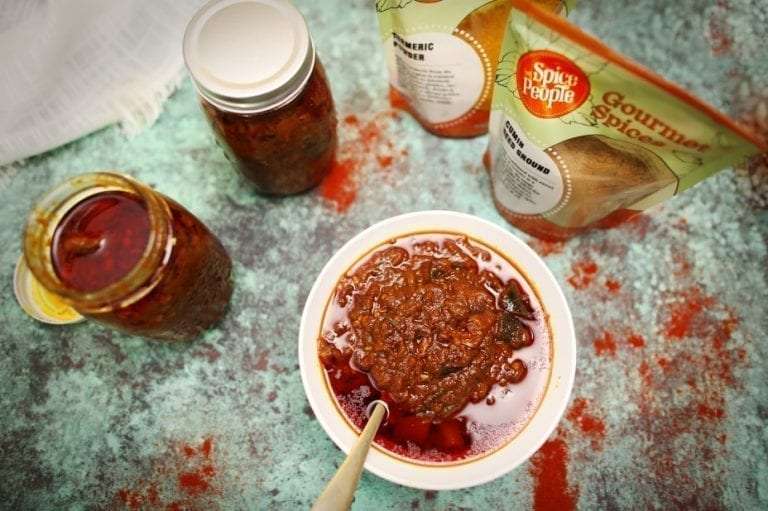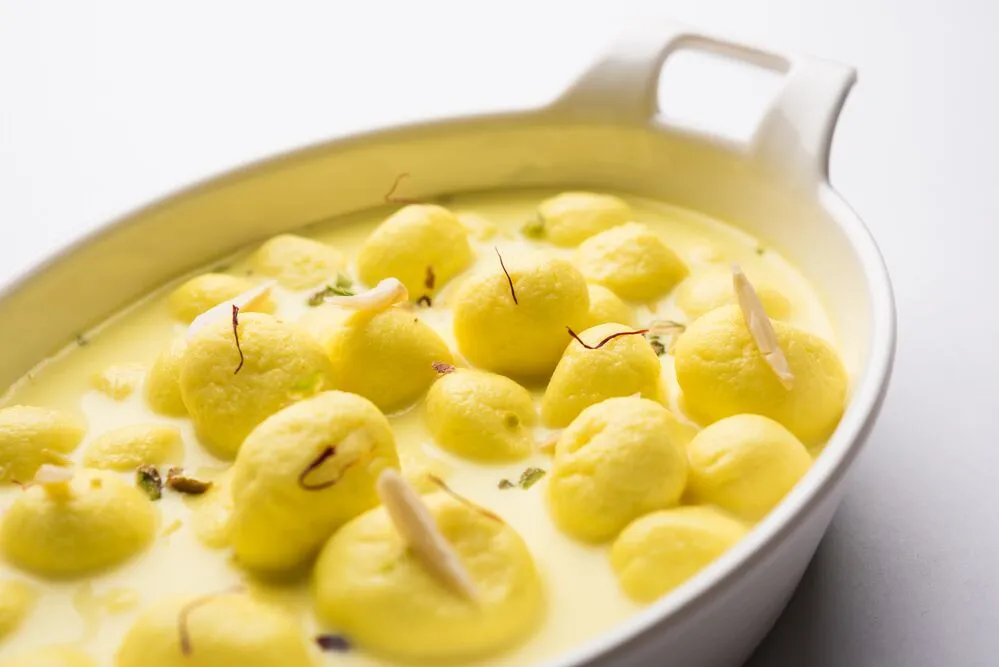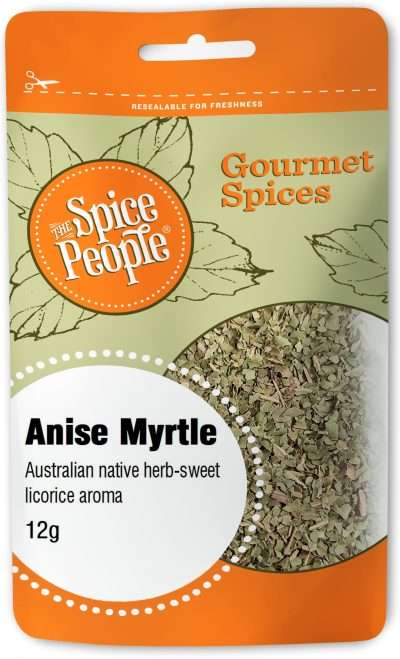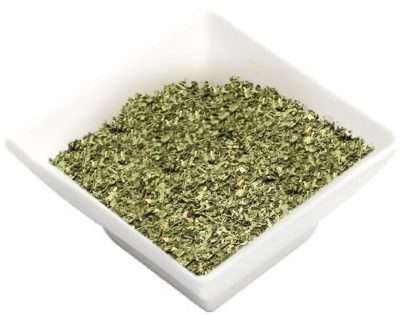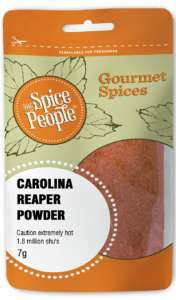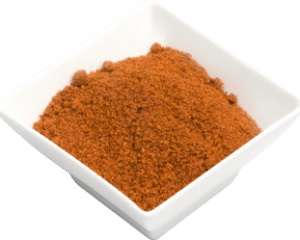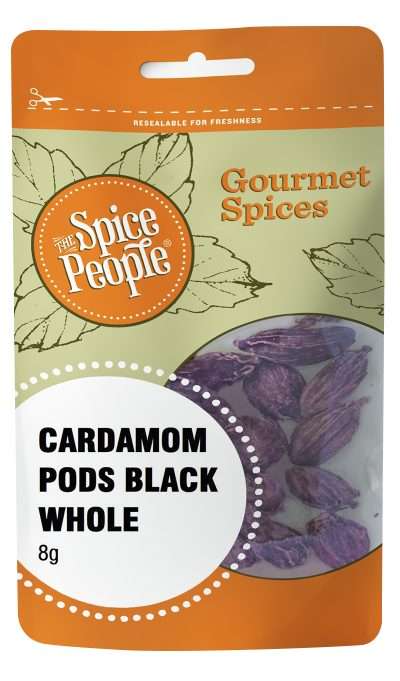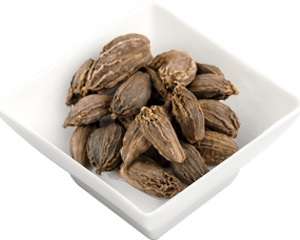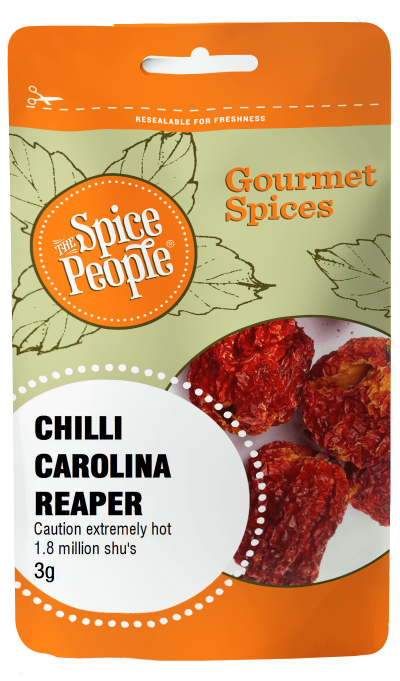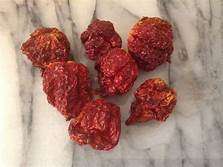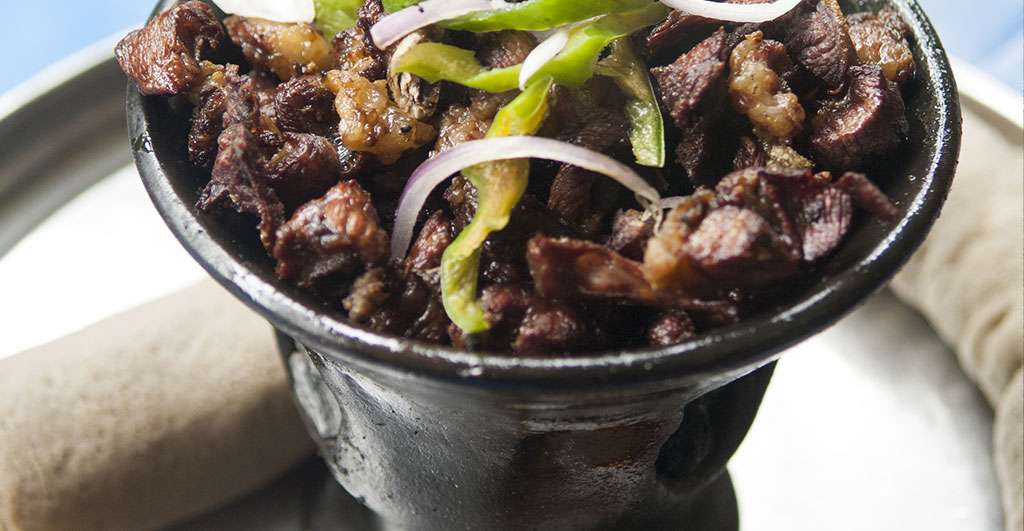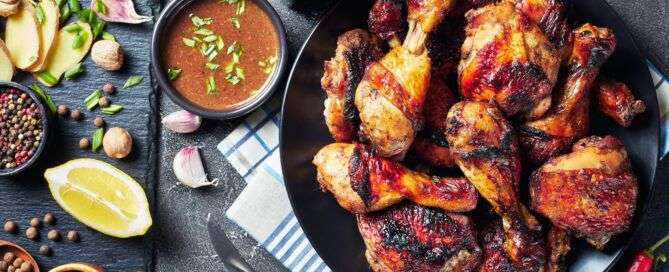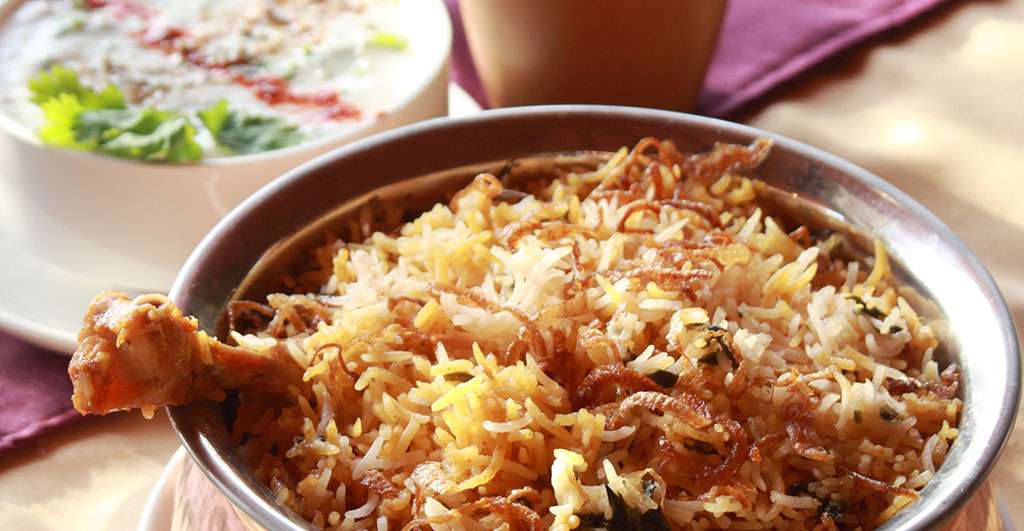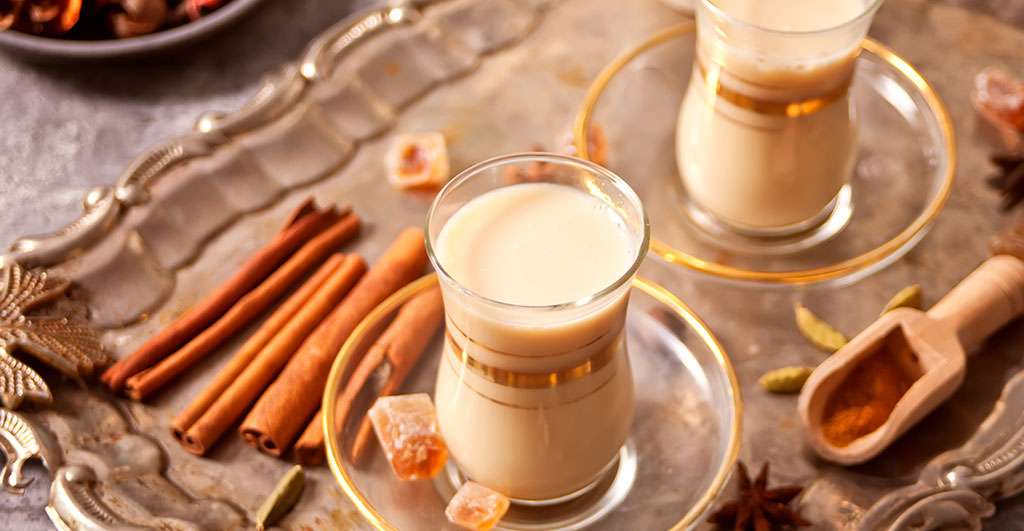Malay rendang flavours of the world-30g
86 in stock
Rendang slows the world down, hours of bubbling turn the protein soft and spoon-tender, taking on the intense tropical aromatics of the coconut, chillies, and aromatic spices. And in the process, coconut milk deepens into a nutty, buttery sweetness bringing it all together. Each packet has a recipe on the back of the packet or you can scan the Qr code and choose one of our other favourites! Servings: 8 Packet wt: 30g
Flavour Notes:
Rendang slows the world down, hours of bubbling turn the protein soft and spoon-tender, taking on the intense tropical aromatics of the coconut, chillies, and aromatic spices. And in the process, coconut milk deepens into a nutty, buttery sweetness bringing it all together. You can create this wonderful dish with ease using modern equipment like a slow cooker or let it simmer on the stove, filling your house with its perfume.
Culinary Notes:
Malaysian Rendang is a mild, dry-style dish that is popular throughout South-East Asian countries such as Singapore, The Philippines, and Indonesia, where it is said to have first originated. Each region has their own spin on it with the Malaysian version featuring a rich coconut flavour and dryer texture. Rendang is not actually a name for a dish, it’s basically a philosophical term that refers to a special process that makes beef tender, dry, and full of flavour. Though rich in spices, this blend is a mild one making it great for the whole family and lends itself so well to both meat and vegetarian options. Rendang is best eaten with steamed rice and condiments such as fried onions or cucumber and peanut salad.
Ingredients:
turmeric, coriander, paprika, cumin, sea salt (3g), fenugreek, chilli Kashmiri, cloves, galangal, bay leaves, ginger, garlic.
Allergen advice: Packed in a facility that processes tree nuts and sesame seeds.
How to use
Recipe/product links:

The Spice People FAQs


The Spice People FAQs

Other Spices you may like
Featured in



Join the Spice People to Get Started on Your Culinary Spice Journey!
Be the first to hear about our exclusive promotions, new product releases, recipes and more.








